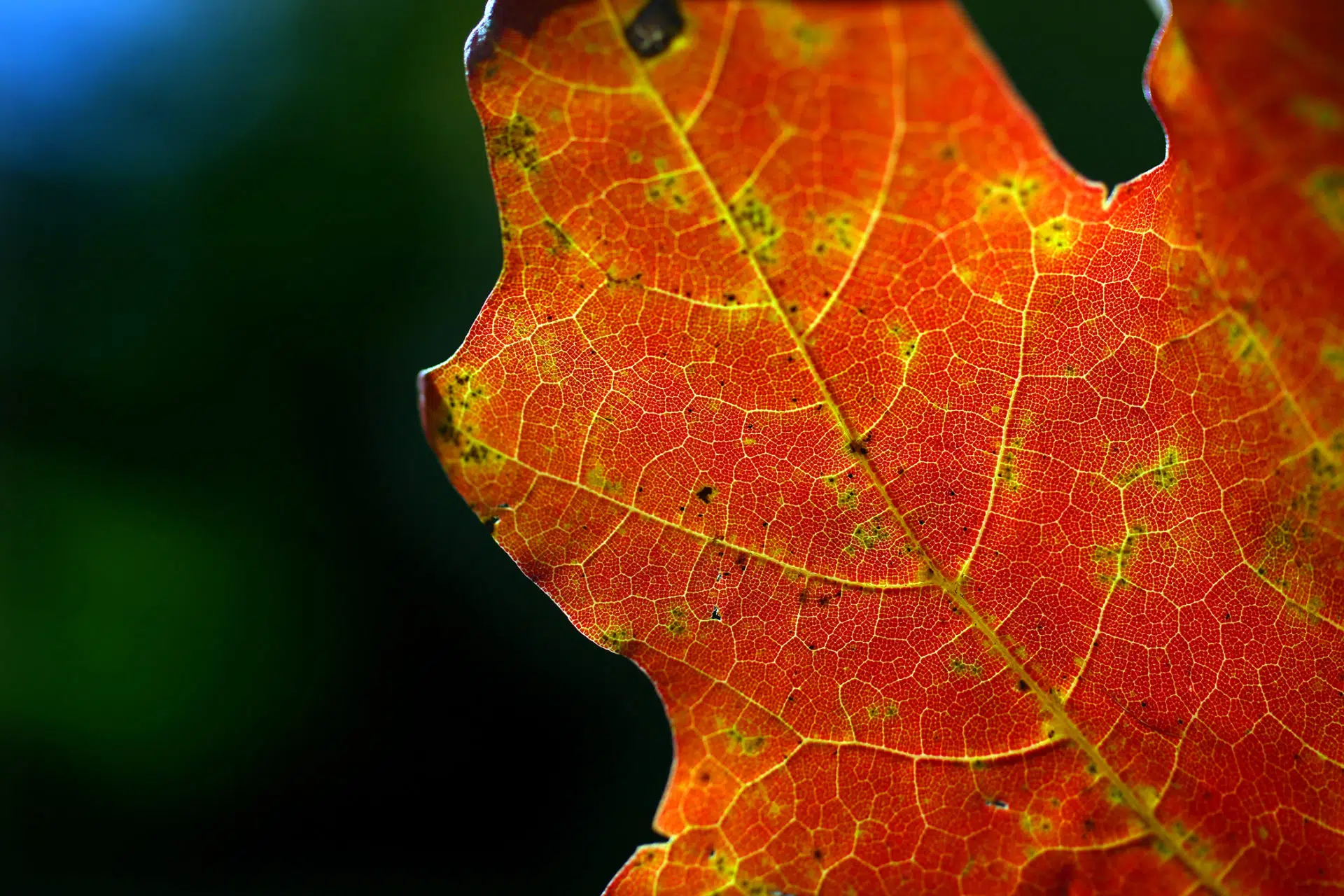October 9th - November 25th Leaf Trail at Holden Arboretum
Holden Arboretum

Array
(
[results] => Array
(
)
[total] => 0
[type] => campus
[next] => Array
(
)
[summaries] => Array
(
[ticket_link] =>
[date_summary_text] =>
[date_summary] => Array
(
[is_sequential] => 1
[start_range] =>
[start_range_day] =>
[end_range] =>
[end_range_day] =>
[summary_text] =>
)
[is_cost_included] =>
[is_sold_out] =>
[is_save_the_date] =>
)
[has_additional] =>
)
Sharpen your leaf and tree identification skills as Northeast Ohio’s trees begin to change color! Pick up a brochure at the Arboretum and follow the Leaf Trail, an immersive autumn leaf identification activity. Learn how to identify the trees around you by collecting leaves and organizing them by their characteristics, as well as identifying over 20 deciduous trees, including tulip trees, dawn redwoods, and golden weeping willows, marked with numbered tags on the grounds. Free with general admission.
Zelkova serrata – Native to Japan. A good choice for a shade tree.
Ostrya virginiana – Dense, strong wood; bark has long vertical “scratch” marks.
Liriodendron tulipifera – Named for its distinctive tulip-shaped flowers. One of our straightest forest trees, it can grow to 150.’ Native Americans use wood to make dugout canoes. It is also called Yellow Poplar.
Asimina triloba – Drooping, yellow, fall foliage with edible fruit that tastes like a banana.
Native to Ohio
Platanus occidentalis – Commonly seen along rivers and creeks. Bark is a mosaic of green, gray, brown, and white patches; 1” fruit balls, persist throughout the winter.
Acer rubrum – Also known as swamp maple. Petioles, seeds and emerging spring leaves are red.
Magnolia virginiana – Semi-evergreen; thick leaves with whitish fine hairs on underside; aromatic spicy foliage and twigs. Grows best in wet soils; native to eastern coastal U.S.
An understory tree with heart-shaped leaves; 2”-3” long brown pods and reddish-purple flowers in April; a member of the legume family.
Diospyros virginiana – Yellow-orange fruit is very edible by humans and wildlife when it is softened by a hard frost in late fall.
Prunus hortulana – Small bushy tree with simple, serrated leaves. During fall, leaves lighten to a bright green then turn red.
Betula nigra – Light cinnamon very thin, exfoliating bark; well suited to wet areas; borer resistant.
Betula papyrifera – Chalky white bark marked with black; peels into thin paper-like layers, hence the common name; Native Americans made canoes and buckets from the tree.
Populus tremuloides – The most widely distributed tree in North America. Flattened petioles allow the leaves to “tremble” in the wind.
Carya cordiformis – Sulphur-yellow buds.
The leaf is compound; be sure to collect the whole leaf.
Quercus alba – Slow-growing, long-lived, close grained wood. It is the best all around hardwood in America.
Liquidambar styraciflua – Spiny round fruit; corky wings on twigs. The resin produced by the tree was historically used for medicinal purposes. Resin currently used in the production of turpentine in South America.
Stewartia pseudocamillia – A small tree, native to Japan, this tree makes an excellent ornamental patio tree with its white camellia-like flowers in July and beautiful orange-red fall foliage.
Metasequoia glyptostroboides – A deciduous conifer thought to be extinct until a few specimens were discovered in China in 1941. Now heavily propagated and commonly found in the nursery industry.
Quercus imbricaria – Its easy to split wood was used by early pioneers to make shingles. The only native oak to Ohio with simple, non-lobed leaves with entire margins.
Quercus palustris – Grows in moist, bottomland soils; short stubby twigs bear nearly round acorns.
Salix x sepulcralis ‘Chrysocoma’ – When grown on river banks its extensive root system can hold flood waters in check. Native to Europe, northern Africa and western and central Asia.
Quercus rubra – Large and rapidly growing, the bitter tasting acorns are not favored by squirrels.
Liquidambar styraciflua ‘Variegata’ – White or yellow area of leaf lacks chlorophyll giving a two-toned appearance; the whole leaf does not photosynthesize
so variegated plants tend to be less vigorous.
Acer griseum – Trifoliate leaves; cinnamon brown, exfoliating bark; native to central China.
Acer saccharum – A major component of northeast Ohio forests, sap is collected and boiled to make maple syrup; it takes 40 gallons of sap to make one gallon of maple syrup.
Fagus grandifolia – A tree with smooth gray bark; cigar-shaped buds; three-sided beech nuts form in pairs in a prickly burr.
Nyssa sylvatica – Also known as black gum; glossy red fall foliage; bluish-black fruit is relished by wildlife.
Leaf Trail Rules
- Collect only on the designated trail, from marked trees or groups of trees. If possible, collect from leaves that have already fallen.
- Make only one leaf collection per group/family.
- There are 27 deciduous trees (trees that lose their leaves) marked with numbered tags and flagging tape.
- Use the map in this brochure and the trail markers to guide yourself along the trail.
- This is an easy trail and the approximate walking and collecting time is 1 hour and 30 minutes.
Share a few of your identified leaves on social media and use the hashtag #holdenphotoshow
What characteristics helped you identify them?

One of the most significant things we can do to combat the effects of a changing climate right here in Northeast Ohio is to plant a tree.
Make your pledge at holdenfg.org/people-for-trees and you will become a part of the regional movement to reverse the trend of tree loss in Northeast Ohio. After you pledge, you will receive information about:
- Which trees are best to plant in Northeast Ohio
- Where to purchase your tree
- When and how to plant your tree
- Tips for caring for your tree as it’s growing













